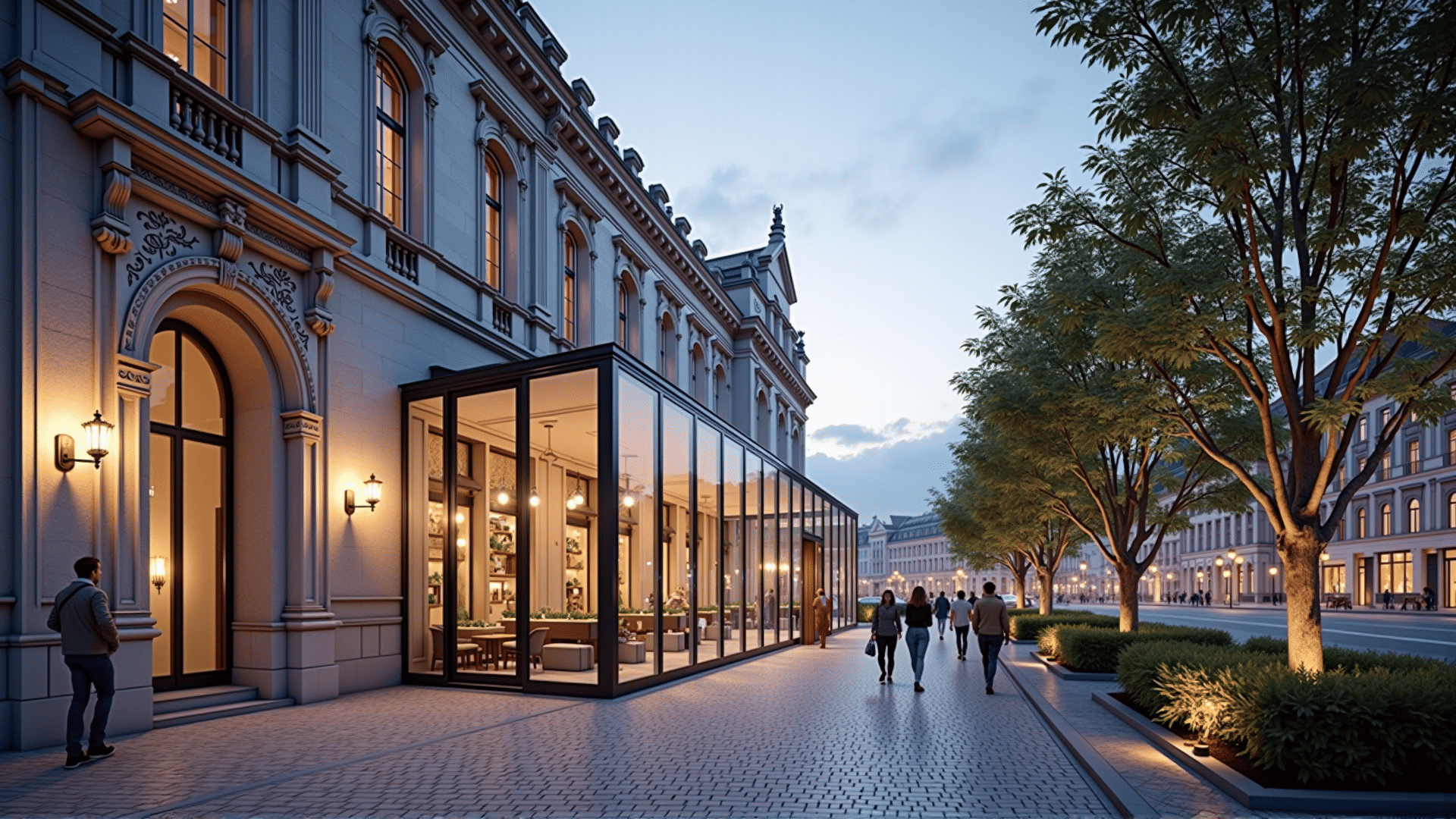Architectural heritage is a tangible reminder of our past, offering a glimpse into the life, culture, and values of bygone eras. Preserving these historical structures is a delicate task, where the twin goals of maintaining original charm and integrating modern functionality must be harmoniously balanced. The advent of innovative techniques has significantly empowered architects and restoration specialists to breathe new life into these structures, ensuring they remain vibrant and relevant parts of today's urban landscapes.
One of the primary challenges in reviving historical buildings is updating them to meet contemporary standards and functionality without compromising their historical integrity. Architects often employ a technique known as "adaptive reuse," where the building's original purpose is modified to accommodate new uses. This approach not only preserves the structure’s historical elements but also brings sustainable economic and environmental benefits by reducing the need for new materials and construction processes.
A critical aspect of modern preservation is the meticulous assessment of a building's condition. Architects use cutting-edge technologies such as 3D laser scanning and Building Information Modeling (BIM) to create accurate digital representations of structures. These tools enable detailed analysis, allowing architects to identify areas requiring attention while preserving original design elements. This process helps in planning restorations that remain faithful to the building's historical character.
Incorporating modern amenities is another area where innovation comes into play. Nowadays, integrating advanced HVAC systems, plumbing, and electrical systems can be done subtly, without altering the visual aesthetics of historical spaces. Concealed piping, ductwork specially designed to blend with historical features, and the use of low-profile lighting solutions ensure that modern comforts do not intrude upon historical beauty.
Material selection also plays a vital role in reviving historical buildings. New materials that mimic historical construction methods offer a means to repair or replace damaged parts without detracting from the building's authenticity. Advances in materials science have led to the development of solutions such as self-repairing mortars and lime-based composites, which adapt better to historical structures and help prevent future degradation.
Additionally, sustainability is a growing focus in the restoration of historical buildings. Architects are increasingly employing green technologies such as solar panels, rainwater harvesting systems, and energy-efficient glazing to keep modern restorations ecologically responsible. These innovations improve the building’s energy efficiency while ensuring that its external appearance remains unchanged.
The process of reviving historical structures involves a collaborative effort among architects, historians, conservationists, and skilled craftsmen. By respecting the past and embracing the future, this team works diligently to ensure that restored buildings continue to be treasured landmarks, imbued with the stories of their time. Educational programs and community involvement often support these efforts, enhancing public awareness of cultural heritage and promoting shared responsibility in its preservation.
In our rapidly evolving urban environments, the ability to adapt and reuse historical buildings through innovative techniques is a testament to human ingenuity and respect for the past. It is a bridging of eras, where modern technology meets traditional craftsmanship, ultimately ensuring that history remains a living, breathing part of our future. Through these efforts, historical buildings become more than mere relics of the past—they become dynamic participants in the life of their communities, instilling pride and continuity across generations.
